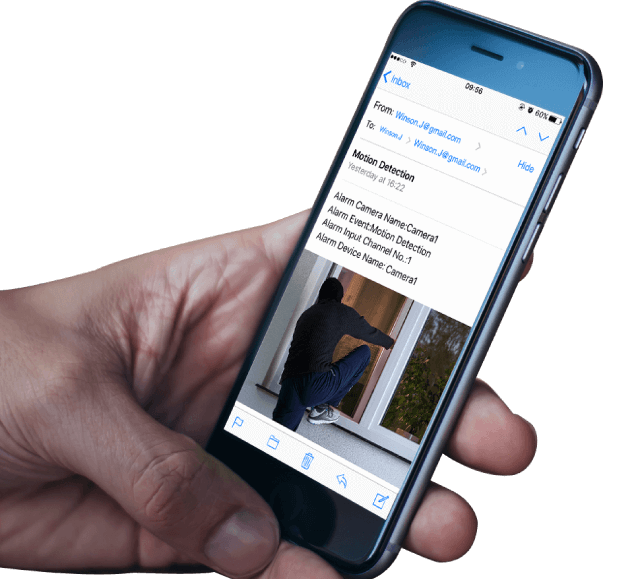

- Reolink client install not working how to#
- Reolink client install not working serial#
- Reolink client install not working download#
- Reolink client install not working windows#
I plugged it in, use the voltmeter and checked the voltages with respect to ground (the chassis), the rear most wire was 5V (power), the front most was 0V (ground), and the middle two were 3-ish. So I grabbed the BeagleBone and pulled the front panel USB cable off the NVR (this used the same connector as the UART connector), in the process I broke the connector (it was glued in place) but that was fine. I looked around and I had both a BeagleBone and a Raspberry Pi near me with UART. So I just need a UART device to connect to it. So I finally broke down and opened it up, and right in the middle was an empty connector labeled "UART", which is low voltage serial.
Reolink client install not working serial#
" What? Really? that's ttyS000, that means a root shell is just always open on it's serial port (what serial port?). # Stuff to do when restarting the init process

Reolink client install not working how to#
# Example how to put a getty on a modem line. ::respawn:/sbin/getty -L ttyS000 115200 vt100 -n root -I "Auto login as root. # Example of how to put a getty on a serial line (for a terminal)

So far piss poor security has already been confirmed. what is that doing there? That's an editor backup, and should never be on your released product. First step, /etc/passwd, and /etc/passwd. The rootfs provides a lot of opportunities to see any security holes. * An image, I extracted it to get the boot splash. * The next CramFS filesystem, that's more binaries, but I don't recognize the file structure, I'll deal with it later * The next is a CramFS filesystem, that is the root filesystem for the NVR * The xz data - That's the compressed Linux kernel (decompressing it and running strings on it makes that easy) I extracted all the data (binwalk makes this easy with the -e option), and then I had something to work with. The uImage header is further down in the file, and there is an xz blob, two CramFS images, and then some sort of image. Now that's helpful, the CRC32 table is checksums, if I ever want to reflash it I'll need some tool to regenerate it. So my first thought, check for telnet/ssh or something easy to get shell access with: Note: If you just want to know how to root your NVR, jump to the bottom This is going to be my story on hacking the RLN8-410
Reolink client install not working download#
All well.Īll of this has made me determined to change the NVR software, get something open, that I can get to read my 4K camera, that will allow me to download history via Linux, and something with a functional web interface. So obviously it's connecting and not working. I then tried getting my Amcrest camera working, and it oddly doesn't work, it sees it, and then says it's offline, and then finds it again when I hit scan, but with a different port (port 80) and refuses to connect, trying to delete it or scan again just crashes the UI. They also have a desktop client, but surprise it too doesn't work on Linux.
Reolink client install not working windows#
I got it setup and immediately found two things, while it completely supports ONVIF (an open, XML-SOAP based protocol to communicate with security cams and NVRs), there is no web interface (they claim there is, but it's an browser addon that only works on Windows and Mac). So I recently saw a great Amazon deal, the Reolink NVR ( RLN8-410) with 4 POE cameras was $320 so I grabbed that and 1 Amcrest 4K camera (IP8M-2493EW).


 0 kommentar(er)
0 kommentar(er)
